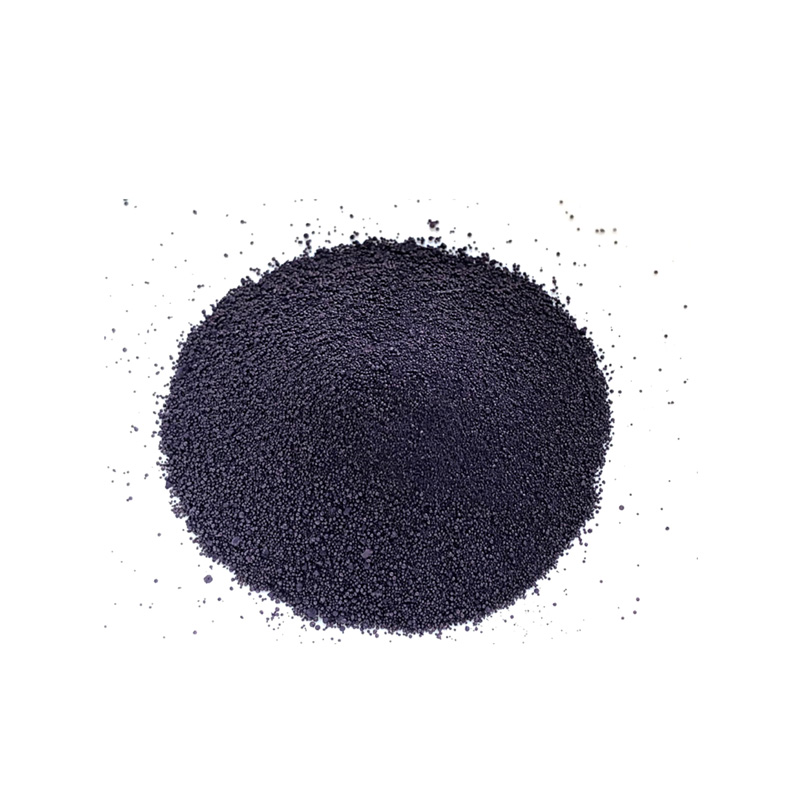Exploring the Rich History of Indigo Dye in Denim Fashion
The Timeless Allure of Indigo Dye in Denim
Indigo dye has long been a staple in the world of fashion, particularly in the realm of denim. Its captivating depths, rich history, and cultural significance make it a fascinating subject for exploration. The process of creating indigo dye and its application in denim production is not just a craft; it is an artistic tradition that spans centuries and continents. Let’s delve into the enchanting universe of indigo dye in denim, a theme that evokes both nostalgia and innovation.
The Historical Roots of Indigo
Indigo dye has been used for over 6,000 years, with evidence of its use found in ancient civilizations across the globe, including Egypt, India, and China. The dye is derived from the leaves of the indigo plant (Indigofera), which undergoes a complex fermentation process to create the vibrant blue pigment. Historically, indigo was highly valued, often referred to as blue gold. It was traded along ancient trade routes, influencing cultures and economies.
In the 18th century, the introduction of indigo to the American colonies transformed the landscape of textile production. Indigo became a significant cash crop, particularly in the southern states. The labor-intensive process of cultivating and processing indigo was rooted in the harsh realities of slavery, a somber aspect of its history that cannot be overlooked. Despite its tumultuous past, indigo's profound impact on fashion and culture endured.
Indigo Dye and Denim A Perfect Pairing
The marriage of indigo dye and denim is a match made in fashion heaven. Denim itself originated in the late 17th century, with its robust twill weave designed to withstand the toll of work. Initially popular among laborers, denim jeans evolved into an icon of fashion, largely due to the innovation of Levi Strauss and Jacob Davis in 1873, who patented the first pair of riveted jeans.
The use of indigo dye in denim not only provided a distinctive look but also added to the fabric's durability. The nature of indigo dye allows for a fading effect that is highly sought after in modern fashion. As jeans are worn and washed, the dye fades in unique ways, resulting in a personalized appearance that tells the story of the wearer. This characteristic has led to the rise of vintage and distressed jean styles, giving jeans a sense of character and history.
famous denim indigo dye

Cultural Significance
Indigo is more than just a color; it embodies a rich cultural heritage. In Japan, the art of indigo dyeing, known as ai-zome, has been practiced for centuries. Japanese artisans have elevated this craft to an art form, utilizing traditional methods to create stunning textiles. The deep blues of Japanese indigo are celebrated worldwide for their beauty and craftsmanship.
Moreover, the revival of indigo dyeing techniques reflects a broader movement towards sustainability in fashion. As consumers become increasingly aware of the environmental impact of industrial dyeing processes, many brands are returning to natural dyes like indigo. This shift not only honors tradition but also represents a commitment to ethical fashion practices.
Modern Innovations
Today, the indigo dyeing process continues to evolve. Modern innovations in dyeing technology, such as digital printing and eco-friendly synthetic indigo alternatives, are making waves in the fashion industry. These advancements challenge the traditional perceptions of indigo while preserving its captivating essence.
Brands are experimenting with new dyeing techniques, blending traditional methods with contemporary designs. The result is a stunning array of denim products that cater to diverse tastes and preferences, from classic blue jeans to innovative styles infused with an array of colors, all while respecting the heritage of indigo.
Conclusion
Indigo dye's journey through history is a testament to its enduring allure and significance. From ancient civilizations to modern fashion runways, the deep blue hue of indigo has captured hearts and inspired creativity. As we embrace sustainable practices and celebrate cultural heritage, indigo dye in denim serves as a bridge between the past and present, reminding us of the beauty and complexity woven into the fabric of our lives. The timelessness of indigo continues to resonate, making it an essential topic in the ever-evolving narrative of fashion.
-
The Timeless Art of Denim Indigo Dye
NewsJul.01,2025
-
The Rise of Sulfur Dyed Denim
NewsJul.01,2025
-
The Rich Revival of the Best Indigo Dye
NewsJul.01,2025
-
The Enduring Strength of Sulphur Black
NewsJul.01,2025
-
The Ancient Art of Chinese Indigo Dye
NewsJul.01,2025
-
Industry Power of Indigo
NewsJul.01,2025
-
Black Sulfur is Leading the Next Wave
NewsJul.01,2025

Sulphur Black
1.Name: sulphur black; Sulfur Black; Sulphur Black 1;
2.Structure formula:
3.Molecule formula: C6H4N2O5
4.CAS No.: 1326-82-5
5.HS code: 32041911
6.Product specification:Appearance:black phosphorus flakes; black liquid

Bromo Indigo; Vat Bromo-Indigo; C.I.Vat Blue 5
1.Name: Bromo indigo; Vat bromo-indigo; C.I.Vat blue 5;
2.Structure formula:
3.Molecule formula: C16H6Br4N2O2
4.CAS No.: 2475-31-2
5.HS code: 3204151000 6.Major usage and instruction: Be mainly used to dye cotton fabrics.

Indigo Blue Vat Blue
1.Name: indigo blue,vat blue 1,
2.Structure formula:
3.Molecule formula: C16H10N2O2
4.. CAS No.: 482-89-3
5.Molecule weight: 262.62
6.HS code: 3204151000
7.Major usage and instruction: Be mainly used to dye cotton fabrics.

